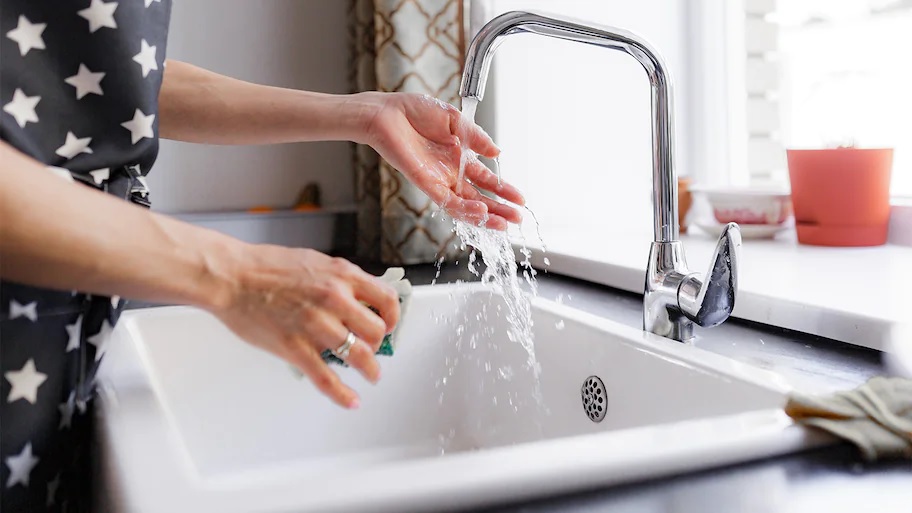
Having low water pressure – What could be causing it?
Annoyingly slow-running taps and showers. Just a dribble emerging when faucets are turned on full blast. Low water pressure usually causes these frustrations. While a little pressure drop is normal for older homes, significant flow loss frequently indicates an underlying problem needing attention.
Causes of reduced water flow and pressure
Numerous factors restrict water supply flows and gradually lower pressure:
- Partially Clogged Pipes and Fixtures – The most obvious cause of limited water pressure is partial clogs from accumulated mineral deposits and sediments. Any debris, scale, or corrosion that builds up on the interior of pipes, valves, and faucet aerators obstructs free flow. Most common in galvanized piping.
- Malfunctioning Water Pressure Regulator – Outdated or failing branch line regulators directly cut pressure on fixtures. Primary pressure regulators at the main home line also malfunction and lower overall pressure. Common with older regulators.
- Undersized Pipes – If the original supply pipes are too narrow for a home’s number of fixtures and water demands, low-pressure results. Typical with old 1/2 inch pipes versus modern 3/4 inch minimums.
- High Demand Periods – During peak usage times, mainly mornings and evenings, available pressure drops from so many fixtures being used simultaneously. Most noticeable in homes with inadequate pipe capacity.
- Water Main Restrictions – Problems with municipal water main lines and valves that supply your home with lower pressure. Line breaks or partially closed valves are common causes.
- Failing Water Pump – Homes with well water require properly functioning pumps to deliver adequate pressure. Age, wear, or breakdown of the pump motor causes low pressure.
- Excessive Friction Loss – Long runs of piping with multiple elbows and connections create friction that gradually reduces pressure on distant fixtures. Most common with corroded galvanized supply lines.
- Water Leaks – Leaks along the supply lines leak out pressurized water before reaching fixtures. Enough small leaks or one large leak diminishes available pressure.
- Faulty Water Heater Settings – Some water heater models have adjustable pressure settings. Confirm your heater isn’t turned down too low. Also, check the expansion tank pressure.
When to call a plumber for help?
Contact a professional plumber Vaucluse if DIY methods fail to restore adequate pressure. They have specialized tools and expertise addressing common issues like:
- Hydrojetting pipes – Powerfully scour away obstinate debris and deposits.
- Repiping sections – Replaces corroded old piping with new higher capacity pipes.
- Installing manifold systems – Uses dedicated feeder lines to each fixture for balanced pressure.
- Drain line blockage removal – Clears stubborn clogs in sink, tub, and toilet drains.
- Pressure regulator repairs – Adjusts settings and repairs or replaces faulty regulators.
- Pump and tank repairs – Fixes malfunctioning well water system components.
- Detecting leaks – Identifies pipe breaches not apparent to untrained eyes.
